1-800-787-8806 | In Morocco + 212-618-88-26-81 | Mail: alecia@morocco-traveler.com
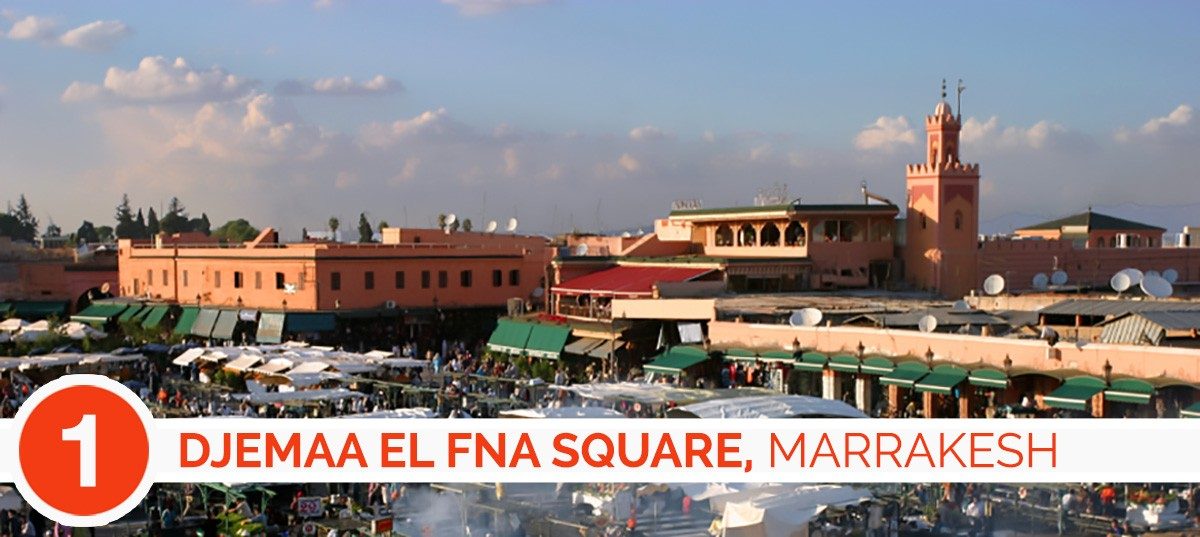
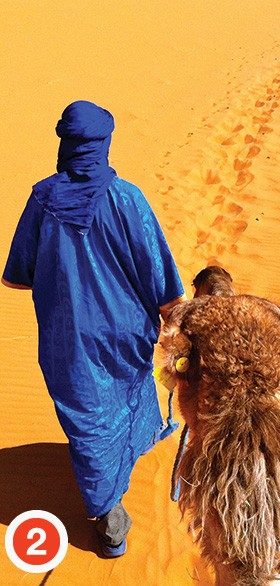
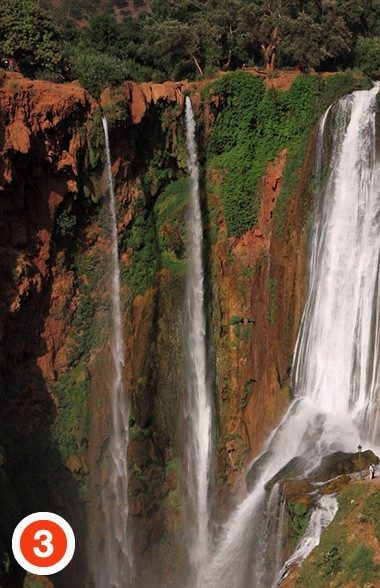

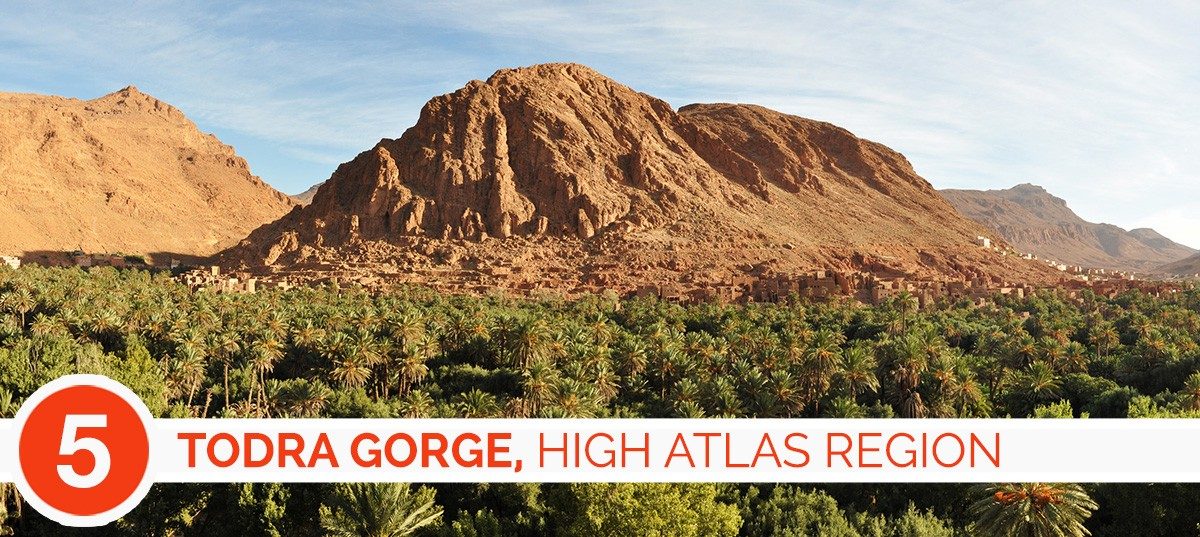
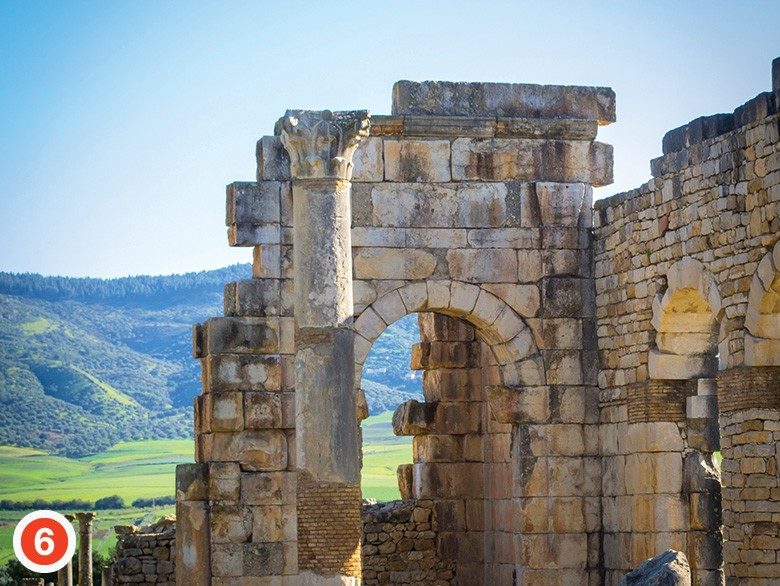
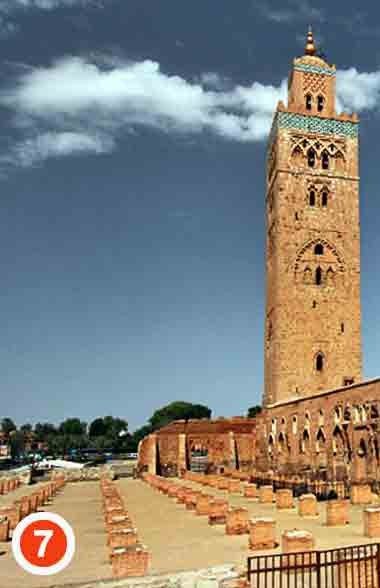
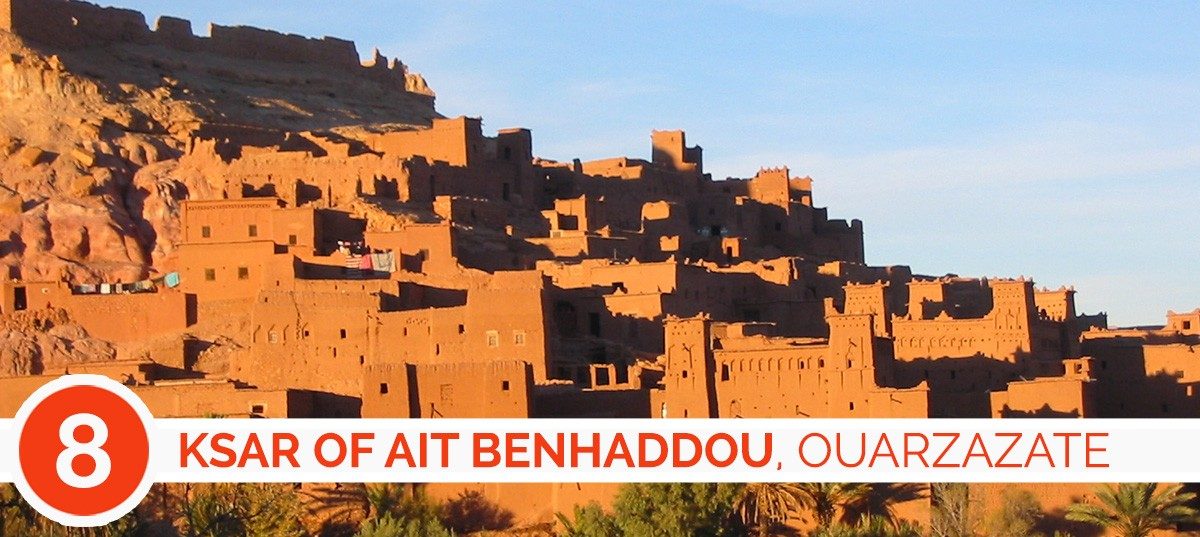
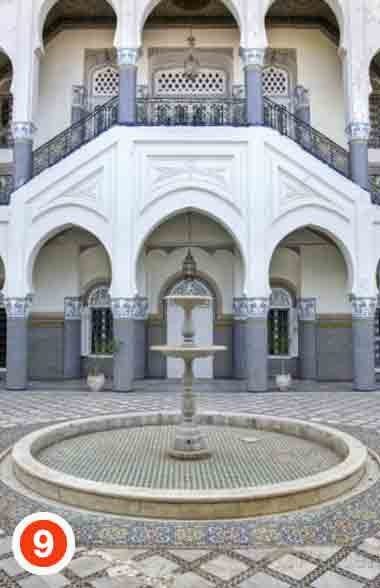
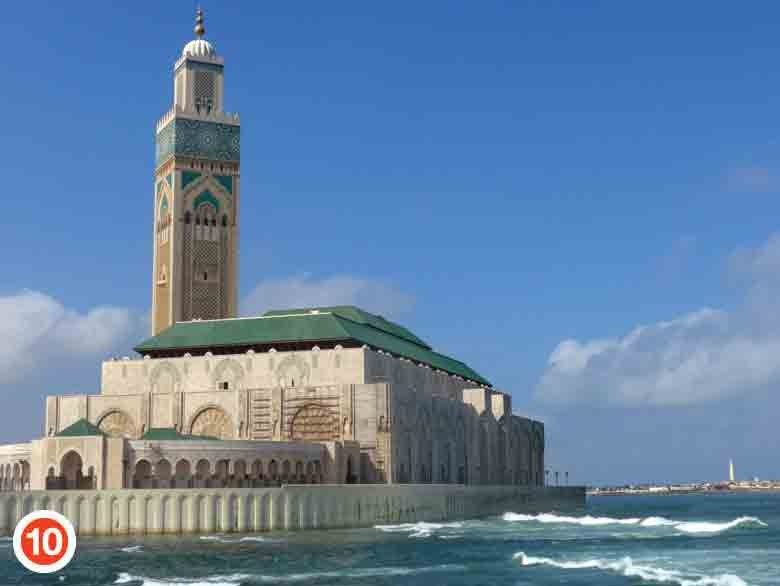
 Art of a Moroccan Hammam
Art of a Moroccan Hammamactivities
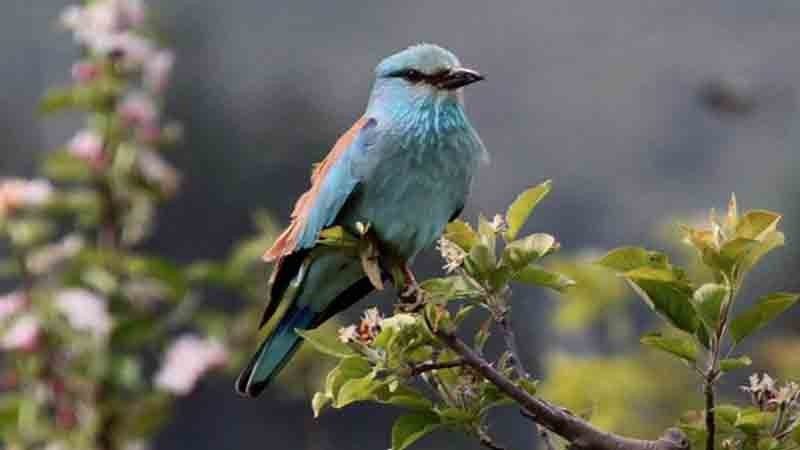 Bird Watching in Morocco
Bird Watching in Moroccoactivities
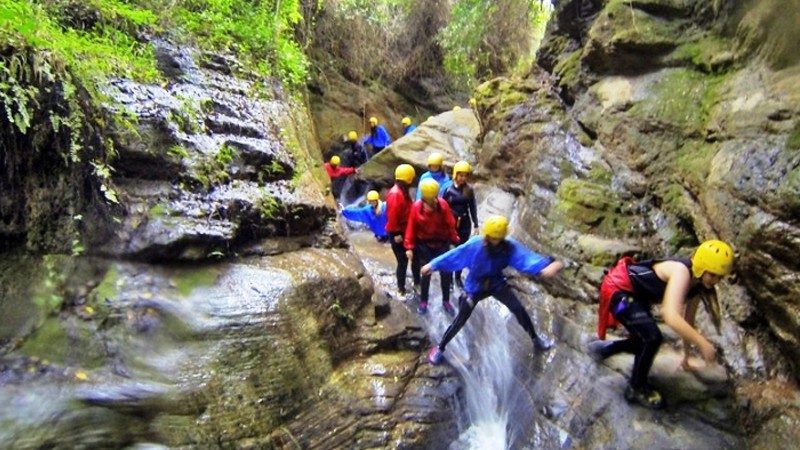 Guided Canyon Adventure
Guided Canyon Adventureadventure
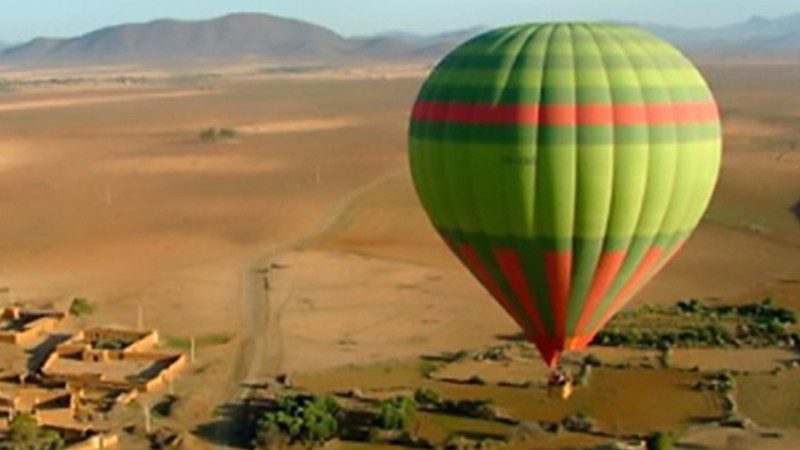 Marrakesh By Air
Marrakesh By Airadventure
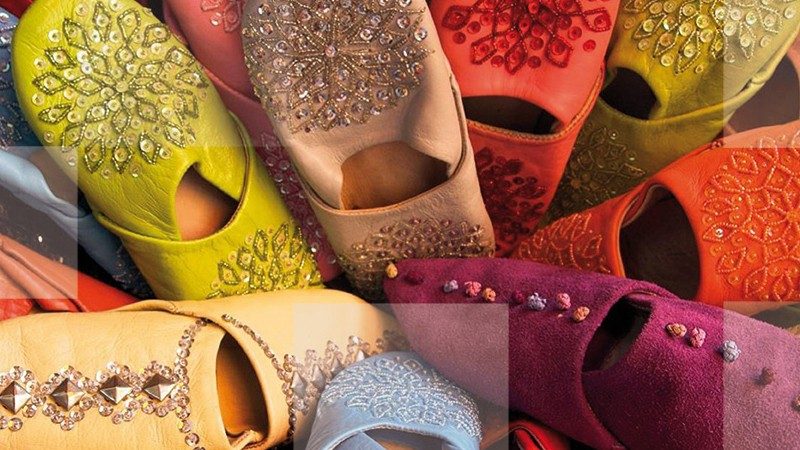 Moroccan Shopping & Handicrafts
Moroccan Shopping & Handicraftsactivities
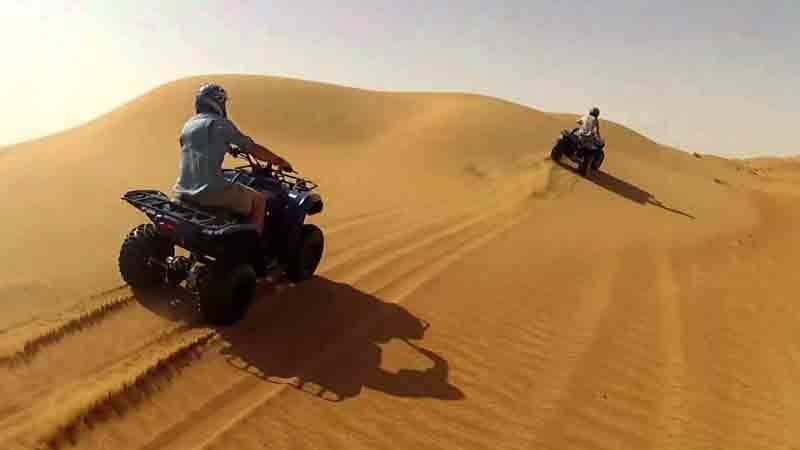 Quad Biking in Morocco
Quad Biking in Moroccoadventure
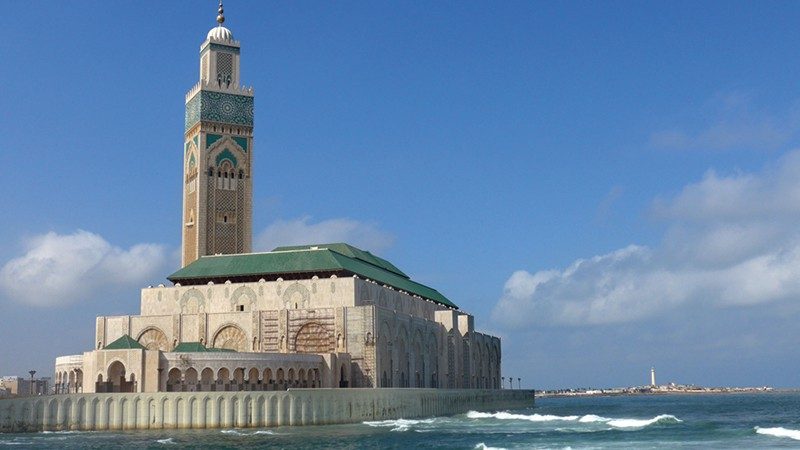 Top 10 Places To See
Top 10 Places To Seeactivities
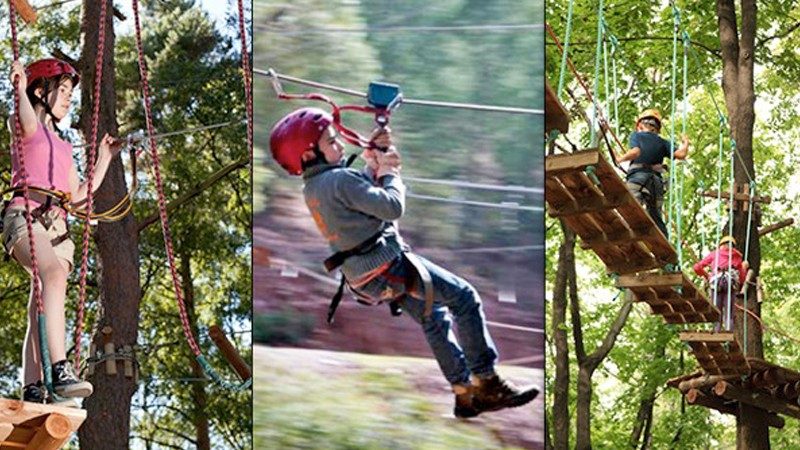 Zip line Across the Atlas
Zip line Across the Atlasadventure
Copyright 2015 by Morocco Traveler - All Rights Reserved